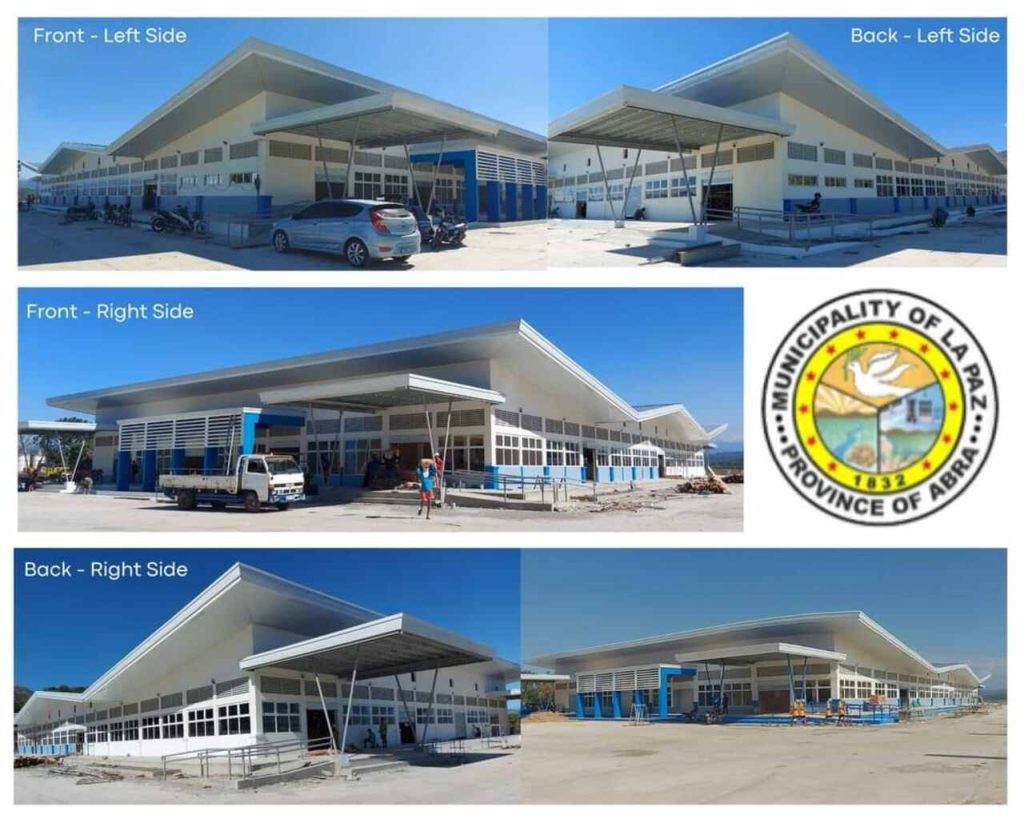In an effort to promote agricultural sustainability and support farmers, over 3,500 farmers across the Cordillera Administrative Region (CAR) will benefit from the Department of Agriculture’s (DA) mechanization program. This initiative aims to streamline food production by providing modern farm equipment and essential agricultural supplies. Such programs are crucial in addressing food security concerns and uplifting the livelihoods of farmers, especially in provinces like Abra where agriculture remains the primary source of income.
According to Aida Pagtan, the DA-CAR’s Regional Agriculture Fisheries Information Service (RAFIS) chief, this assistance package includes power sprayers, mechanical transplanters, multi-tillers, knapsack sprayers, and forage choppers. In addition to machinery, certified seeds, biofertilizers, and disinfectants will also be distributed. These interventions are designed to not only improve crop yields but also ensure food sustainability for the region. Farmers from Abra, one of the six CAR provinces, will receive significant benefits through this program, including livestock and breeding facilities that will enhance their agricultural output.
Mechanization and Equipment Distribution in CAR
The mechanization program initiated by the DA is set to distribute a variety of essential farming tools and equipment across multiple CAR provinces. In Abra, the program includes the delivery of dairy cattle, sheep, and the establishment of a cattle breeding station for local farmer cooperatives. These initiatives aim to improve not only crop farming but also livestock production, which is vital for Abra’s agricultural landscape. The program also extends cash assistance to over 500 Abra farmers under the Rice Farmers Financial Assistance (RFFA) and other similar schemes for farmers in Kalinga and Mountain Province.

Through the distribution of these tools and supplies, the DA aims to ease the workload on farmers, improve their productivity, and ultimately strengthen the food production capacity in the region. The assistance comes as part of a larger effort by the DA to digitize agricultural services, making aid distribution smoother and more efficient.
Digitalization for Efficient Aid Distribution

To further support farmers in Abra and other parts of the Cordillera region, the Department of Agriculture is rolling out the use of Intervention Monitoring Cards (IMC), a digital tool designed to simplify aid distribution. The IMC operates similarly to an ATM card, allowing farmers to access the financial assistance provided by the government. This program will make it easier for farmers to obtain necessary supplies and manage their resources. Abra is among the pilot areas in the country for this digital initiative.
By implementing this program, the DA aims to enhance the delivery of targeted assistance and reduce bureaucratic delays. The long-term goal of this digitalization process is to ensure that farmers receive the right kind of support they need, which can be tailored to the specific needs of their farms.
Infrastructure Development: A Priority for Abra

Beyond the DA’s efforts, infrastructure development remains a critical focus for Abra. La Paz Mayor Joseph “JB” Bernos has emphasized the importance of improving farm-to-market roads and other infrastructure that would make government services more accessible, especially in Abra’s upland areas. He notes that infrastructure projects, including the construction of bridges and other vital facilities, are essential for both economic growth and agricultural productivity in the province.
Many municipalities in Abra, particularly those in remote areas, have struggled with poor infrastructure, which hampers the efficient delivery of services. Mayor Bernos has been a strong advocate for the construction of essential roads, bridges, and public facilities since he served in Congress, and he continues this focus alongside his wife, Congresswoman Menchie “Ching” Bernos. Their efforts have led to an influx of projects funded by national agencies such as the Department of Public Works and Highways (DPWH) and the National Irrigation Administration (NIA).
The Role of Agriculture in Abra’s Economic Future
With most of Abra’s population relying on agriculture, there is a clear need to improve agricultural infrastructure and support systems. Mayor JB Bernos has stated that Abra has the potential to thrive in livestock and crop production, given its natural resources. However, the lack of infrastructure has made it difficult for farmers to reach broader markets. The ongoing mechanization program, coupled with infrastructure improvements, is set to address these challenges.

Currently, more than 20 bridges are under construction, connecting isolated barangays and far-flung sitios to town centers. Among the notable projects in the province is the opening of a public market in La Paz and the development of a state-of-the-art slaughterhouse, expected to be the largest in Northern Luzon. These developments aim to boost the local economy, particularly the agriculture and livestock sectors, ensuring that Abra can produce and market its own food commodities without heavy reliance on imports.

Focus on Sustainable Agriculture in Abra
The ongoing mechanization and infrastructure programs are part of a broader effort to enhance agricultural sustainability in Abra. Both the provincial government and national agencies like the DA are working towards long-term solutions that will empower local farmers and ensure food security for future generations. By providing modern equipment, livestock, and essential supplies, and improving rural infrastructure, Abra is laying the groundwork for sustainable development in its agricultural sector.
These efforts are vital in ensuring that farmers in Abra, particularly in remote areas, can overcome long-standing challenges and participate in the economic growth of the province. With continued support from the DA and local leaders like Ching Bernos, Abra is on its way to becoming a key player in the agricultural economy of the Cordillera region.
